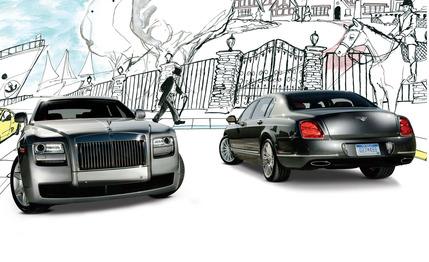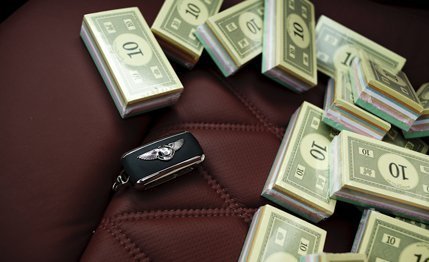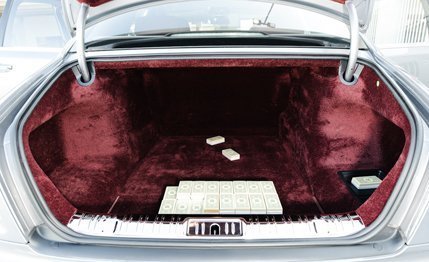 Comparison Tests
Comparison Tests
Monopoly has allowed millions of people to live the life of a real-estate mogul, a Star Wars real-estate mogul, or a SpongeBob SquarePants real-estate mogul. Interestingly, the game, which was invented in 1935, has not adjusted for inflation. Each player still starts with $1500, and the total amount of cash in the box is only $20,580. If Monopoly came with real dollars, a person would need the bills from 12 games to afford the cheaper of the two cars here, the $229,855 Bentley.
However, if your bank account is swollen with (lowercase “m”) monopoly money from antitrust-baiting business success, a couple hundred thousand dollars can start to look like (capital “M”) Monopoly money. To capture buyers perhaps dissuaded by the nearly $300,000 Mulsanne or the closer-to-$400,000 Phantom—or perhaps to give buyers of those cars something else on which to drop a casual quarter-mil—both Bentley and Rolls-Royce saw potential for cheaper models in their lineups. Say “entry luxury,” and we think BMW 3-series, so let’s call these two cars “entry opulent.”

Bentley has the most experience in the tiny entry-opulent segment. In 2004, it made the move down-market with its hugely successful, VW Phaeton–based, $155K Continental GT coupe. Then the spinoffs began. In 2006, the GT spawned the Flying Spur sedan, and then the Flying Spur Speed for model-year 2009, which upgrades the Spur’s 552-hp, 6.0-liter twin-turbo W-12 to 600 horsepower and 553 pound-feet of torque. The suspension is lower and stiffer for better control at speeds approaching Bentley’s claimed terminal velocity of 200 mph.
Rolls-Royce is only now releasing its entry-opulent car, the new-for-2010 Ghost (Ghosts apparently being less supernatural than Phantoms). The car shares some componentry with another high roller also built by the Ghost’s owner, BMW—the V-12–powered 760Li—but is 7.3 inches longer (which includes a bonus 3.3 between the wheels), 1.8 inches wider, and 2.7 inches taller. The Rolls name comes from its past, the Silver Ghost being the model that established Rolls-Royce’s reputation for waftability in the early 20th century.
To evaluate these two cars, we decided to treat them like their owners do. So we parked them in the garage, barricaded ourselves in the study, and barked phone orders at stock brokers. In this situation, however, we found it difficult to extract any useful insight on either car, and the broker hung up when asked which stock he recommends, chicken or beef?

We considered prowling the high-rolling club scene. Who would we meet? Show up at the most exclusive social establishment in town in a Bentley, and who might leave with you? While we found the potential for a three-way onboard a yacht in the Detroit River thrilling, we were discouraged by the likelihood of such an encounter ending with us drowning in the Detroit River shackled in that same yacht’s anchor chains.
So we decided to pursue what we imagine is the most popular pastime of the fabulously wealthy—buying things. Fine houses. Pedigreed horses. Fast cars. Gigantic boats. We of course had no money, just the cars as our Monopoly money to dupe sellers into taking us seriously. [Our adventures are chronicled in the sidebar to this story.] Along the way, we’d have to figure out not only which of the two cars impresses people more, but which of the two is the one to take home when you can afford to buy both.